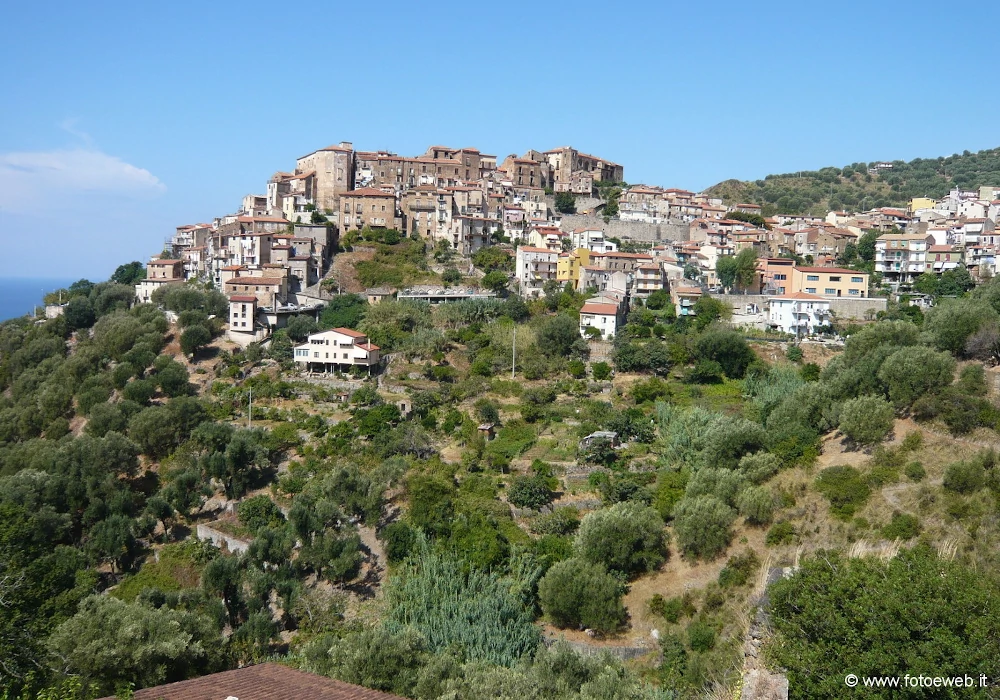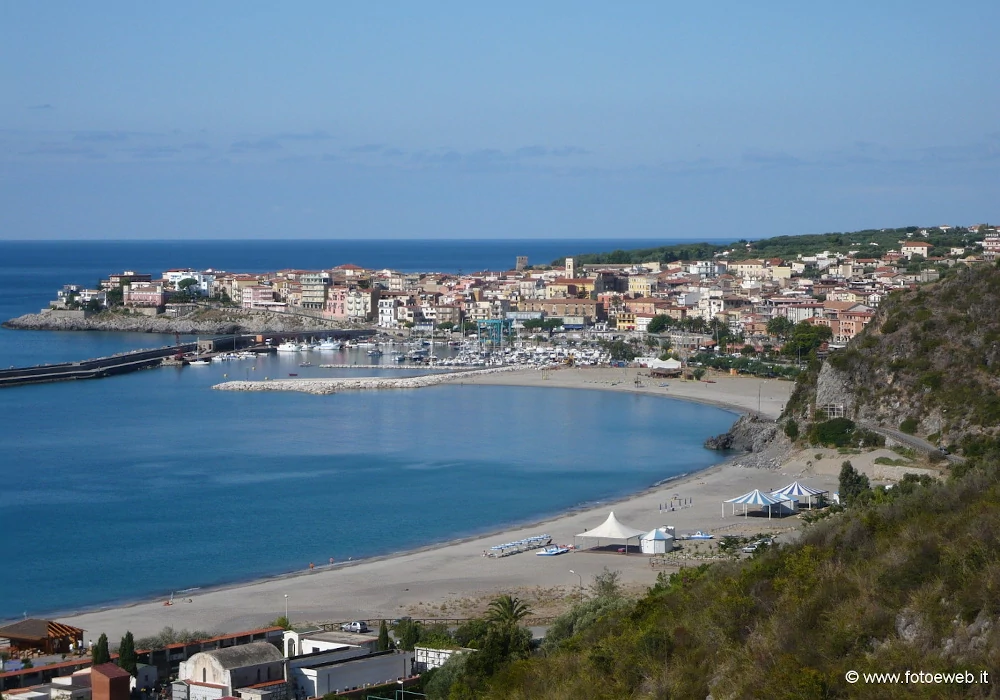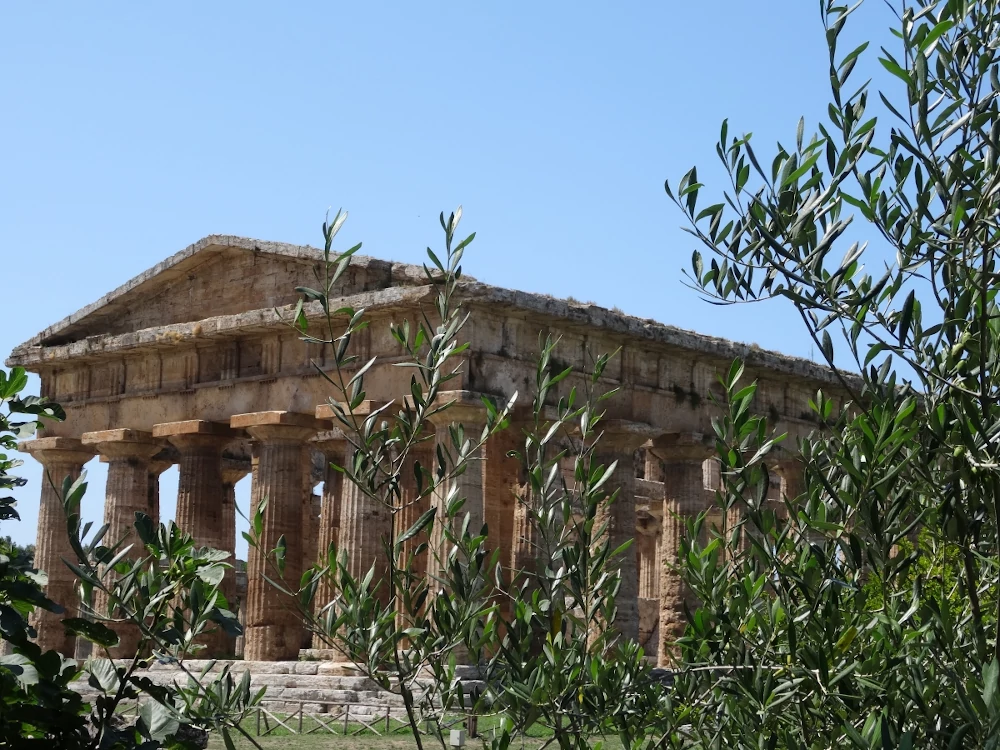Donna Giulia is situated in Caprioli, half way between Palinuro and Pisciotta, in the heart of the Cilento National Park. The Cilento National Park and the Diano Valley is one of the largest and most beautiful of the Italian, protected natural areas and has been declared World Heritage by UNESCO.
The Park offers a variety of landscapes, from the splendid inland mountain area to the coastal inlets characterised by long beaches and numerous caves among which the spectacular Blue Grotto of Palinuro. The Pisciotta, Palinuro and Camerota beaches can often boast being assigned the blue flag which certifies the quality and cleanliness of their sea water.
Here in Cilento we can witness the greatest expansion of that rural civilisation which still today offers cues for reflection on myths and culinary traditions of great scientific interest, as it is in this area that the prodigious effects of the Mediterranean diet have been observed. This land distinguishes itself for the rich variety of its typical products such as olive oil and figs.

Pisciotta
On top of a hill, secured by its medieval streets, the little medieval town of Pisciotta, only a few kilometres from Donna Giulia, offers its still intact structure, where, among its climbing alleys, the scents and atmosphere of another age can be experienced, and where, on every corner a balcony opens onto the breath-taking view of Capo Palinuro and its kilometres of coastline and olive groves.
Pisciotta’s huge, millenary olive trees show themselves off as a triumph of nature, their greenery competing with the shiny blue of the sea.
Together with Aci Trezza, Pisciotta keeps up the tradition of anchovy fishing which is carried out by a very antique system allowing hauls of the highest quality used for the production of salted anchovies called “Alici di Menaica” protected by the Slow Food Organisation.
Capo Palinuro
This is the most famous of Cilento’s localities. The headland whose name derives from the mythical helmsman of Enea’s ship is extraordinary for the high cliffs that surmount the blue waters of the Tyrrhenian Sea and abound in characteristic grottos with evocative names.
This stretch of coast is characterised by inlets where cormorants and herons nest.
Navigation around the headland always provokes wonder and emotion as the coast which stretches from Palinuro to Marina di Camerota is a succession of beaches and grottos that were inhabited in prehistoric times.


Paestum, Elea, Roccagloriosa and the monastery of Padula
The imposing temples of Paestum welcome those visitors who arrive in Cilento by car. Then comes Elea the famous Greek colony where Parmenide settled with his Eleatic School, just a few kilometres from Pisciotta. It is a destination to be reached by everyone for its archaeological site famed for the presence of an arched gateway. Until this was discovered here at Elea, it was believed that such architectural structure was unknown to the Greeks.
Roccagloriosa is a splendid and welcoming village, only a few miles from Donna Giulia, where artefacts and archaeological remains from the IVth century a.c. can be admired in the Antiquarium.
The extraordinary Carthusian monastery of Padula inspires one to go inland as far as the Diano valley. The trip to the perfectly conserved Padula monastery passes along the road travelled by Carlo Pisacane before he reached Sanza where he was attacked and defeated by the Borbonic troops.

